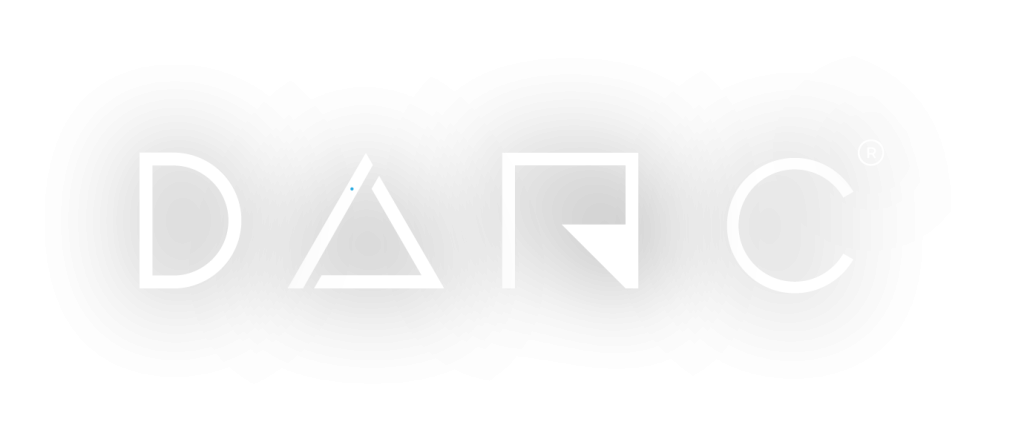The term de minimis (i.e. aid of minor importance), although often used in European funding programs, is not always known or fully understood by businesses.
This is an aid scheme, a category, that is, aid which was established by the European Union and is now regulated by the current European Regulation 1407/2013 (“De minimis Regulation”). With the aim of protecting and ensuring free competition in the internal market of the European Union, the Regulation controls and sets upper limits on the state aid that any small and medium-sized enterprise can receive.
In this way, the equal distribution of state aid is ensured, no advantage is given to one part of the companies over others and the competition remains unadulterated.
There are three important factors that should be taken into account in checking the accumulation of de minimis aid of the enterprise, to avoid exceeding the funding limits.
- The amount
Article 3 of the Regulation stipulates that the total amount of minor aid granted to a single enterprise cannot exceed the amount of 200,000 euros in a period of three years. For companies that carry out road freight transport, the upper limit of 100,000 euros is specifically applied. Thus, there is the general limitation of the amount of €200,000 and the special limit of €100,000 for the KAD (i.e. Activity Number Code) of road transport.
- The years
The amount of aid is studied every three years. The accumulation check includes all the de minimis aid received by the company in the current financial year and the previous two. So, for example, if a company wants to join a program in 2022, to calculate whether the ceiling is exceeded, all de minimis aid from the years 2022, 2021 and 2020 will be taken into account. three-year periods are not taken into account and do not constitute a reason for rejection from subsequent aid.
- The single enterprise
For the control of the amount of aid, the company is examined as a single entity and therefore, any grant amounts received by each affiliated or cooperating company are added together, depending on the percentage of participation.
From the scope of Regulation 1407/2013 previously mentioned in detail, only the following sectors are excluded:
- fisheries and aquaculture*
- the primary production of agricultural products
- the processing and marketing of agricultural products**
- the activities related to exports to third countries or to member states,
- sectors with the condition of using domestic goods
- the coal sector
*regulated by another Regulation
**under conditions










